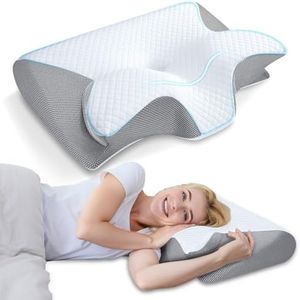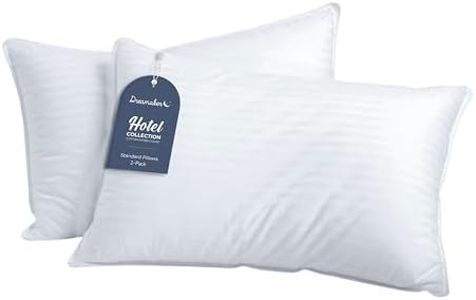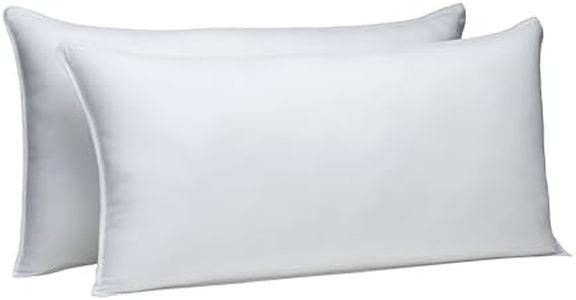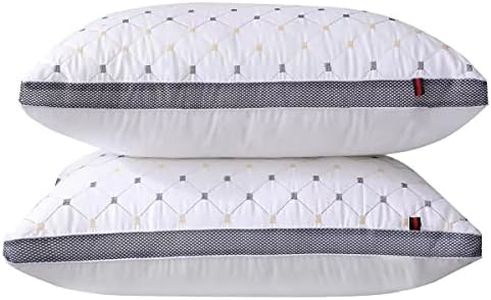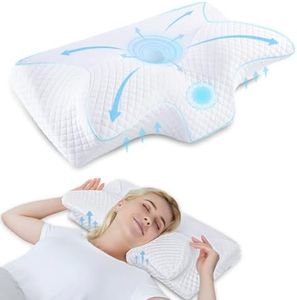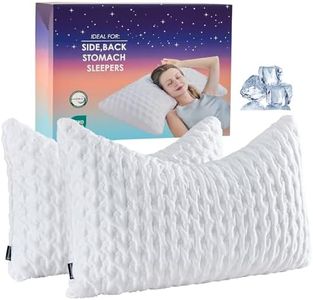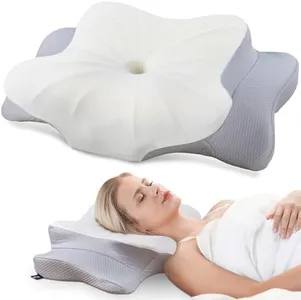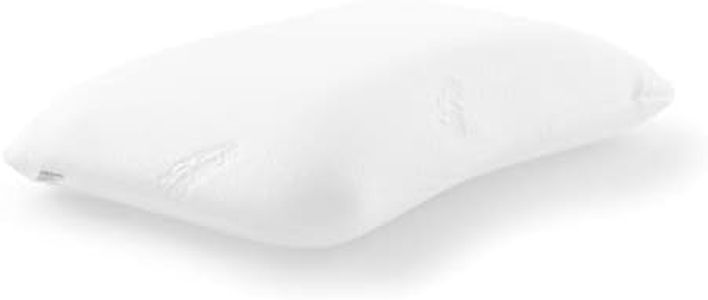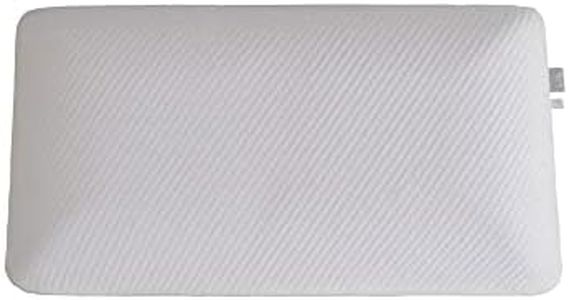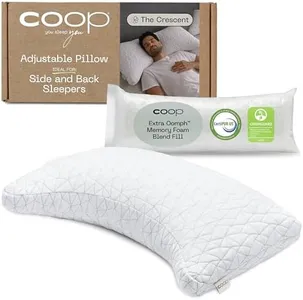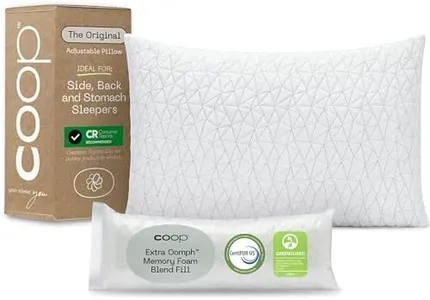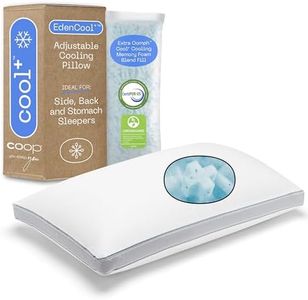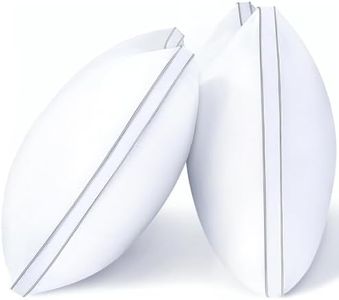We Use CookiesWe use cookies to enhance the security, performance,
functionality and for analytical and promotional activities. By continuing to browse this site you
are agreeing to our privacy policy
10 Best Pillows Side Sleepers
From leading brands and best sellers available on the web.Buying Guide for the Best Pillows Side Sleepers
Choosing the right pillow as a side sleeper is essential for ensuring a comfortable night's rest and maintaining proper neck and spine alignment. The pillow you pick should support your head and neck adequately, filling the space between your shoulder and head to prevent aches or stiffness in the morning. Since every side sleeper's body, preferences, and needs differ, understanding the core features of a pillow can help you find your perfect match.Loft (Pillow Height)Pillow loft refers to the thickness or height of the pillow when it's laying flat. This is a crucial factor for side sleepers because it impacts how well your head and neck are supported. Pillows with a high loft (thicker) provide more elevation, which is usually necessary to fill the gap between the mattress and your ear caused by your shoulder's width. Medium loft lies in between, while low loft pillows are thinner. If you have broad shoulders or you like a more elevated head position, look for a high loft pillow. If your shoulders are narrower or you prefer less elevation, a medium to low loft may be sufficient. The goal is to keep your neck in a neutral, straight position relative to your spine.
FirmnessFirmness refers to how soft or hard the pillow feels under your head and neck. For side sleepers, a medium to firm pillow generally works best because it resists collapsing under the weight of your head, helping to keep your neck aligned with your spine throughout the night. Soft pillows may feel plush, but they might not provide enough support, causing your neck to bend unnaturally. When picking firmness, consider your comfort preference and how much support your neck and shoulder area needs. If you often wake up with neck pain, a firmer pillow might help maintain good alignment.
MaterialPillow fill material impacts the comfort, support, breathability, and even the lifespan of your pillow. Common materials for side sleepers include memory foam, latex, down, and down-alternative. Memory foam provides contouring support and adapts to your head and neck shape, while latex feels more bouncy and breathable. Down and down-alternative are softer and more moldable, but may not always provide enough support unless densely filled. Consider how much you value support versus softness, any allergies (down can sometimes cause issues), and whether you tend to sleep hot (latex and special foams can be cooler).
ShapeMost pillows are rectangular, but side sleepers may benefit from specialized shapes such as contoured or gusseted pillows. Contoured pillows are designed with a dip in the middle to cradle your head and support your neck, while gusseted pillows have reinforced sides that help maintain height and structure throughout the night. Standard shaped pillows can still work well if they have enough loft and support. If you find yourself shifting positions and need extra stability, a gusseted or contoured pillow might be worth considering.
AdjustabilityAdjustability refers to pillows that allow you to add or remove filling to customize the loft and firmness to your preference. This feature is especially helpful if you're not sure what loft or firmness suits you best, or if your needs change over time. Adjustable pillows can be a good choice for those who want to experiment with different levels of support or have changing comfort preferences.
Breathability and Temperature RegulationThis refers to how well a pillow allows air to flow through it and how it manages heat retention. Pillows made with cooling gels, ventilated foam, or breathable fabrics, such as cotton covers, can help keep you cool through the night. If you tend to sleep hot or get sweaty, look for materials that have good airflow or special cooling features.
